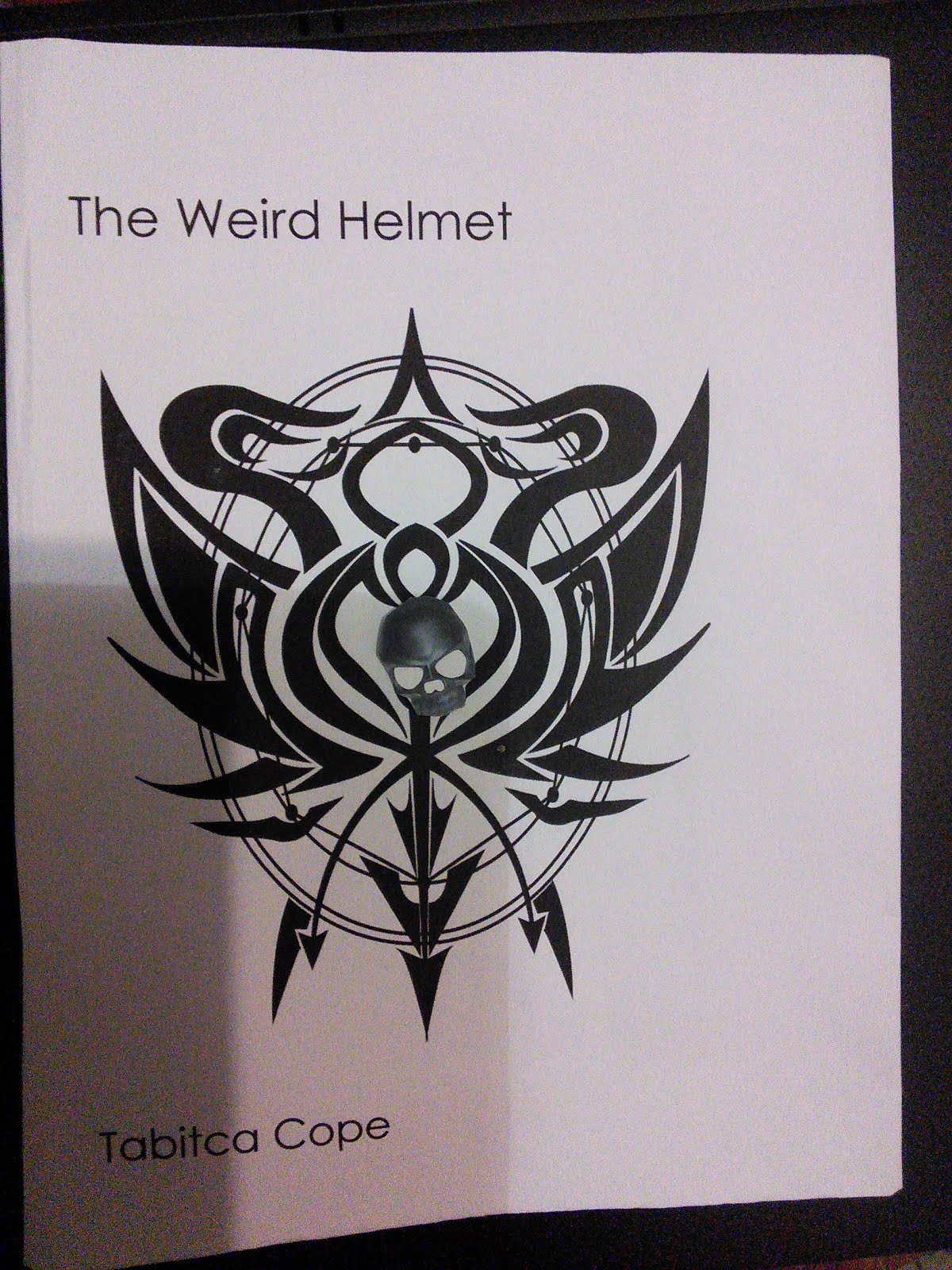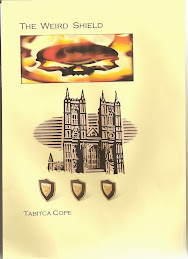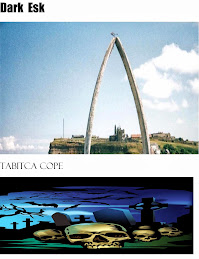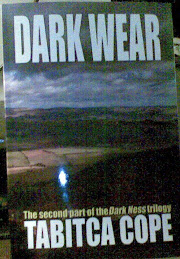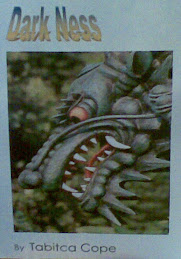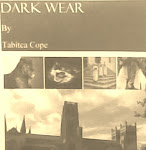Artrellia ,a dragon ?
Papua New Guinea is the area of the eastern half of the island of New Guinea
.It is north of Australia and still has unexplored areas being largely tropical
jungle .It is thought there may be undiscovered tribes living there .There is a
huge diversity of wildlife.
Artrellia is
a creature ,dragon-like in appearance
that is said to be found on the island.Described as a lizard up to 40 feet long
(13 metres),a carnivore which would eat human flesh.It climbs trees and some
say breathes fire. More likely is it spits venom.
In 1933, Richard Archbold ,an American zoologist ,led
a scientific expedition into Papua New Guinea. They were there to map the environment, and study the plants and animal life. The locals warned them
about the dragon and said they would not survive an encounter with it.
During World War 2 allied soldiers stationed on the
island began reporting that they were
seeing giant lizard-like creatures in the jungle. They were described as being
up to 20 feet long( over 6 metres) and very agile.
In 1960, the
last district commissioner of Port Moresby Papua New Guinea, David Marsh made
an official report about
his sightings of giant lizard-like dragons within the jungle during the 1940’s while
stationed as a patrol officer
In 1961, two men,Robert Grant and David George were
exploring the Strachan Island District when they saw an Artrellia.. They described
it as having grey skin, a 3foot (1metre) long neck and an estimated 26 feet ( over 8 metres)long.The men were understandingly afraid
and did not follow it when it went back into the jungle.
In 1970s an expedition team known as the Operation Drake Expedition
arrived . Operation Drake was an international, round-the-world scientific
journey that included young researchers between the ages of 17-24
years from different countries. The leader of this part of the expedition was Colonel John Blashford-Snell.
While in Papua New Guinea, Col. Blashford-Snell
became interested in the Artrellia. After interviewing a variety of witnesses,
the team went into the the jungle searching for nearly two months. Eventually they
trapped what they thought was a baby Artrellia but it turned out to be a
monitor lizard known in the area.
Then a team member, Ian Redmond ,was sitting on the
ground and resting in an old creek bed when he began to hear large footsteps
breaking twigs and crushing underbrush in the jungle up and behind him. He assumed
it was one of his fellow team members
walking along the top edge, but then he turned around to see what was making it. He saw
the giant head and shoulders of a large lizard looking down at him. He later described
the dragon-like lizard head as being almost as large as a full grown horse
head, and the shoulders were equal in size. Redmond tried to reach for his
camera but the lizard turned and was gone before he could reach it. A search
was conducted but no sign was found of the creature.
There are still occasional reported sightings but
still no proof. It is quite possible there
are unknown creatures in the dense rain forests/jungles still waiting to be
discovered or could it be a sort of Kimono dragon that people are seeing ?
Further expeditions may yet bring back proof of this living dragon.

